An Objection That Doesn’t Hold Up
Whenever a company is considering implementing an incentive, recognition or rewards program grounded in best practices, there always seems to be a stakeholder who objects. “Our people really want cash,” they say. “Just give them what they want. It’s simpler.”
Incentive and recognition leaders have long agreed that cash rewards did not have the intended impact for most audiences. In recent years, extensive research — including researcher Scott Jeffrey’s work on the Benefits of Tangible Non-Monetary Incentives1 — has confirmed that using cash for recognition and rewards is less effective and efficient. We
know that:
- Cash rewards are seen as worth less than their tangible reward equivalents.
- Cash rewards are mentally rolled in with compensation and go to paying the bills.
- Cash is less memorable and exact amounts or eventual uses are forgotten.
- Tangible awards are memorable and have trophy value.
- Social taboos keep people from discussing cash rewards, while the pride and excitement around tangible rewards can be shared.
New research confirms just how fundamental this preference for tangible rewards really is.
The Incentive Research Foundation (IRF) partnered with a neuromarketing organization to use leading edge biometric technology to better understand incentive and recognition program participant reward preference. The findings have been released in a pair of enlightening papers2,3.
The result? It’s not about cash.
What Exactly Are Biometrics?
The IRF experiment set out to shed light on two things: reward preferences and the experience of receiving recognition. Instead of taking study participants’ word for their preferences, however, each person was monitored for biological responses to the options. This allowed researchers a glimpse into the gap between what people say they want — even what they think they want — and what they actually prefer.
Among other measurements, the eyes played an important role in this study. When people are aroused by something — whether that takes the form of anxiety or interest — their pupils dilate. Researchers monitored pupil dilation to gauge real, even unconscious interest.
Researchers also set out to understand how System 1 and System 2 thinking played a part. System 1 thinking is automatic and instinctual, but System 2 is a rational overrider of System 1. By following the eye tracking of participants, researchers were able to understand when they instinctively preferred a reward (System 1) and when that desire was overridden by practicality (System 2).
Here’s What They Discovered About Rewards
The study shows that people are pretty complicated when it comes to reward preference, and our eyes give us away.
The findings include:
- Conscious and unconscious preferences are not the same. IRF cites researcher Daniel Kahneman, who notes, “people do not always make choices consistent with their preference or with what motivates them most.” The biometrics revealed the real preferences of the study participants, whether or not they were overridden.
- Non-cash rewards are preferred, by a wide margin. In their paper, IRF researchers write, “People are overwhelmingly drawn to non-cash rewards over cash.” The appeal of tangible awards was immediate. Biometric results showed that it took participants longer to focus on cash than any other option.
- Choosing cash requires an override. It wasn’t the System 1 choice. System 2 had to come in and remind the unconscious mind, “what about the bills…”
- 62 percent of participants chose a tangible reward, even after the System 2 override kicked in. Multiple studies show that given an equal opportunity to choose a tangible reward, that’s what participants will do. It’s a clear preference.
So what did appeal? Spa treatments, dinner for 10, sporting events, and a retreat or family vacation. Experiences and highly desirable tangible items were frontrunners.
Presentation Matters
The second part of the experiment looked at what kind of reward experience was most desirable for study participants. Possibilities included Big Show (large recognition event), Little Show (with work group and immediate supervisor), Peer-to-Peer, and Private (a note from the CEO). The study participants were monitored for biometric responses to hearing each presentation style described.
There were a few surprises:
- Non-sales people liked the Big Show better than sales people did.
- Men were more drawn to the Big Show than women were.
- Women were more interested in Peer-to-Peer, but significantly less interested in Private.
- Millennials preferred Peer-to-Peer, while GenX was more drawn to the Little Show.
IRF researchers write, “Our results demonstrate a highly-individualized range of preference. They suggest again, in keeping with much prior research, that rewards and reward presentation are more effective when individualized to each person’s preferences.”
This reinforces the lessons learned in a previous joint study4 by the IRF and the Incentive Marketing Association (IMA). Amazingly, the 2015 Landmark Study of participants found that out of 452 respondents, 99% had a unique combination of preferences of reward experience. The study included how, when, and by whom recognition was presented, and considered a variety of cash and non-cash reward options.
All of the studies point to the individual nature of people in the workplace. The importance of the role of colleagues and managers in personalizing the experience to be the most meaningful possible cannot be overstated.
Applying the Research to the Workplace
This new research holds important take-aways for every organization:
- People are interested in and motivated by much more than cash.
- Successful program design requires engaging participants’ desires.
- When cash is offered or selected, it risks not being memorable, lessening its power.
- People are unique, and building choice into a program makes it relevant to everyone.
- Meaningful recognition experiences are as varied as the people in the workplace.
To fully engage with employees, customers, and channel partners, it is essential to understand their motivations and aspirations. Incentive, recognition, and reward experiences and options matter to program participants and to the success of the initiative.



